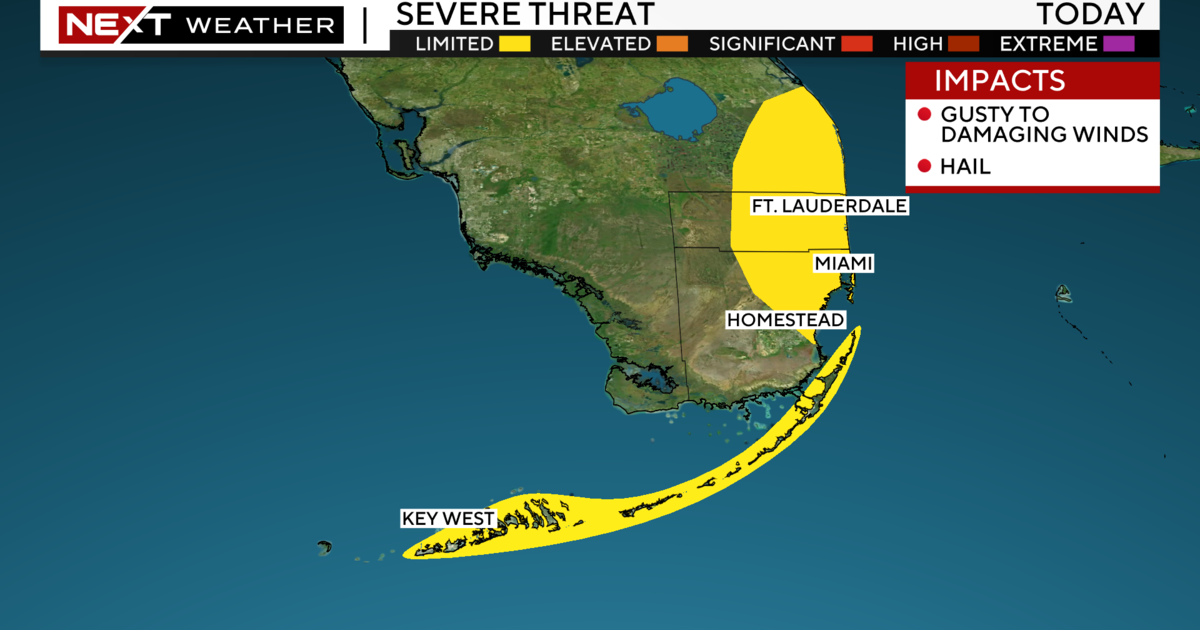Preventing Sports-Related Injuries in Children
This material was provided by Miami Children's Hospital, which is responsible for the content.
As parents, we all know the many benefits that can come with our children playing sports. Besides being a great way to keep healthy and physically fit, team sports provide kids with a wide range of benefits, including discipline and ability to work as part of a team, which can enhance self-esteem. But playing sports also puts children at risk of getting injured.
According to the National Center for Sports Safety, over 3.5 million kids under the age of 14 receive medical treatment for sports-related injuries each year. That's why it's important to be informed of the different types of sports-related injuries, their causes and what you can do to help prevent them.
What Typically Causes Sports Related Injuries?
Did you know that children ages 5 to 14 account for nearly 40 percent of sports-related injuries seen in emergency rooms? The Pediatric Sports Medicine Program at Miami Children's Hospital–home to one of the nation's top pediatric orthopedic programs, according to U.S. News & World Report–is dedicated to supporting the treatment and prevention of sports injuries in growing athletes. The program is staffed by two of the region's top pediatric sports medicine specialists, Dr. Stephen Swirsky, DO and Dr. Craig J. Spurdle, MD. Both doctors are board certified and are members of the Pediatric Orthopedic Society of North America and the American Academy of Orthopedic Surgeons, and are highly experienced in helping patients with a wide range of sports-related injuries.
"Younger children are more susceptible to sports-related injuries than adults because they are typically less coordinated and have a slower reaction time," said Dr. Swirsky. "Broken bones, concussions and eye injuries can result from falls, being hit with an object or colliding with another player."
Sprains and strains are also among the most common types of sports-related injuries in children. "Kids who play sports that involve repetitive movements such as swimming, gymnastics, baseball and tennis, are more vulnerable to these types of injuries," explained Dr. Spurdle.
What Can I Do to Prevent My Child From Being Injured?
When it comes to children and sports, injuries are inevitable. But there are certain things you, as a parent, can do to lower the risk of your child suffering from a painful or potentially dangerous sports-related injury.
- First off, Dr. Swirsky suggests, "before you sign your child up for a sport like little league baseball, soccer or football, make sure they know how to play the game, especially since they may end up playing among other kids who are more experienced."
- Dr. Spurdle noted, "Once your child feels comfortable enough to play with other kids, "make sure they have all the proper equipment−helmets, shoes, padding, mouth guards and protective cups−and that all their equipment is in good condition. Lack of proper equipment is to blame for many sports injuries in children," he said. Meanwhile, enroll your child in a reputable sport program run by a school, youth center or church. Find a coach that is trained in first-aid and CPR, and one who encourages children to play by the rules.
- Finally, talk to your kids. "Explain to them the importance of warming up and stretching before playing sports. And most importantly, encourage them to tell someone−either their coach or a parent−if they feel like they may have injured themselves. Playing through an injury is never a good idea as it can result in more severe injury and a more lengthy recovery. Encourage your kids to know their limits can help avoid severe and potentially long-term complications due to injuries," said Dr. Swirsky.
In the Event of Injury
In the event of a sports injury, athletes up to 21 years of age are encouraged to see a pediatric sports specialist. "Because children and teens are still growing and developing, they experience different types of sports-related injuries than adults," said Dr. Spurdle. "Swelling, limping or restricted use of the injured limb are signs of an injury. If it is more than a bruise or a cut, it is important that the child be evaluated by a medical professional specializing in pediatric sports injuries," he said.



